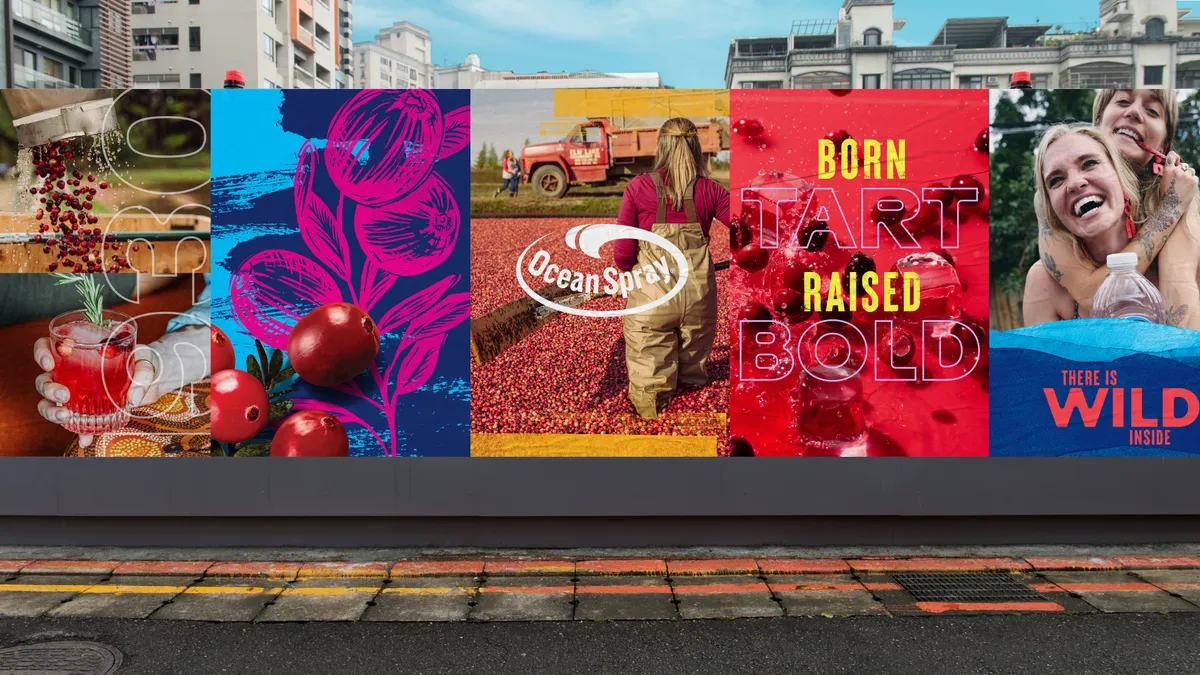The number of marketing channels has exploded in recent years and won’t slow down. Expectations, demands, and standards for content keep growing too. Unfortunately, budget is the only thing that usually doesn’t increase.
Consumers drive this growth, expecting more, and immediate and convenient ways to get information, then purchase. Broad demographic and segmented content isn’t always enough anymore. When it makes strategic sense, marketers must personalize for each shopper’s individual profile. That means keeping track of unique search histories, abandoned carts, purchases and other behavior to be able to create customized versions of content — for more channels.
Where to market
Always-online consumers find and receive information through more than 120 communication methods. The internet and handheld technology guarantee this number won’t go down. Sure, some channels will lose relevancy, but innovators continue to push beyond the snaps, tweets, and posts of today. Marketers will have a tougher time choosing or skipping each of these channels and being accountable for knowing how each is performing and measuring up. Doing more is unavoidable, but logical.
How technology plays a role
Scott Brinker’s kaleidoscope-like view of MarTech logos gets twice as densely colorful each year. In 2018, the total number of marketing technology solutions reached 6,829 — roughly matching the combined total for the previous seven years. Rapid growth, no sign of slowing down. And for every challenge, there’s a developer creating technology to accommodate the new landscape. Then several others hop on to replicate and improve on the first techie’s solution, and so it goes. Brand content must fit within the parameters of each new platform and device.
Don’t Respond with More
Traditionally and somewhat naturally, marketing organizations have responded to the call for more content and channels with additional processes, teams, workflows and tools.
Even reputable, successful, smart brands get caught up in what P&G’s Chief Brand Officer, Marc Prichard calls the “content crap trap.” Prichard admits that, “In our quest to do dynamic, real-time marketing in the digital age, we were producing thousands of new ads, posts, and tweets because we thought the best way to cut through the clutter was to create more ads.”
In this light, it’s obvious — responding to the demands and options of more channels with more content simply compounds marketers’ challenges.
The irony? The most effective way to approach problems associated with abundance, choices and more of everything is by simplifying. Doing less. Knowing what’s essential to a strategy, then making decisions based solely on that.
More content with less work
Marketing organizations structured to produce content assets separately for each channel can’t keep up to service the constantly connected consumer.
But in producing content with a content-first mindset, marketers create assets (photographs, product descriptions, copy, etc.) just once, with one team and one process.
Centralizing content assets in a shared server simplifies repurposing and deployment to any channel. Map out what’s essential to a process and get rid of all the excess and redundancy. That’s how the modern marketer succeeds in an era of more channels and less budget.
Deploy smarter for greater response
Consumer insights, analytics, product, brand, message, objective, etc. dictate the best channel strategy. Some channels simply aren’t essential to getting the best responses and optimizing a campaign.
It’s critical to tailor the channel mix based on campaign strategy. It’s not smart or even realistic to be everywhere for every campaign. This intensifies the trend of retail and brand marketers becoming less effective. Just because a channel is trendy, or others are putting their resources into it doesn’t mean every marketer has to be there. What makes sense for one might not for others.
In the era of more, it’s important to simplify and scale back. Modern marketers must respond by figuring out what’s essential, then getting rid of what is not. Optimized steps, processes, and workflows pay off immediately and in the long run. It leaves room for agility and helps marketers consistently move forward to be effective in a time of message overload.
Learn more about how Quad is helping clients solve their most pressing marketing challenges.










